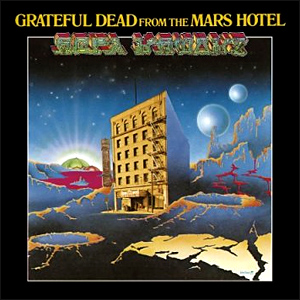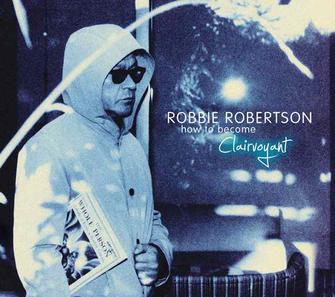The simple accordion that runs through “Subliminal” cleverly links the past to the present, and the backwards ending is a cute touch. Things immediately get loud on “Snail Shell” and “Sleeping In The Flowers”, though the latter has a catchy chorus in a different tempo. “Unrelated Thing”, a song about the breakdown of a relationship as mined on Lincoln slows the proceedings down incredibly but uses a pedal steel for variety. No lyrics are provided for “AKA Driver”, likely because of the frequent use of the brand name NyQuil. “I Should Be Allowed To Think” is the first really impressive tune, this time hilariously warping the opening couplet of Allen Ginsburg’s “Howl” to dis other bands and proclaim one’s ubiquity. “Extra Savoir-Faire” is something of a son of “If I Wasn’t Shy”, and lopes along too slowly for our tastes, while “Why Must I Be Sad?” isn’t much more than an attempt to weave as many Alice Cooper song titles into the lyrics as possible. “Spy” is a remake of the closer from the previous year’s EP, with an almost arbitrary extended ending that would change every time they’d play it onstage. “O, Do Not Forsake Me” is sung by a male a capella group, just because.
Things seem to pick up in the second half, beginning with the jaunty “No One Knows My Plan”. They get their money’s worth out of the horns for the intro to “Dirt Bike”, which seems to sing about roving gangs of pre-teens terrorizing neighborhoods, but ends up referring to a band “over their sophomore jinx”—presumably one already referred to in “I Should Be Allowed To Think”? “Destination Moon” and “Out Of Jail” both manage to sound like classic TMBG, despite the full band sound, while “A Self Called Nowhere” is almost Beatlesque in its psychedelic choruses. “Meet James Ensor” (which celebrates “Belgium’s famous painter”) and “Thermostat” (a metaphor within an owner’s manual) return to the their more geeky aspects, then “Window” sounds like a “Fingertips” segment stretched out to a full minute. The energy keeps going on “Stomp Box”, a frenetic tune akin to “Dig My Grave” from the last album, and then “The End Of The Tour” uses another travelin’ band image while describing a car crash, or something like that.
Overall, John Henry is the band’s weakest yet. For the first time it felt like they put too much on one album; perhaps some paring back might have helped, or better pacing between the slower ones and the better, faster tunes on what we used to call side two. The good moments are good, certainly, but listeners will likely prefer to go back to the earlier stuff.
They Might Be Giants John Henry (1994)—3




.jpg)


:format(jpeg):mode_rgb():quality(90)/discogs-images/R-3185705-1376490706-4653.jpeg.jpg)